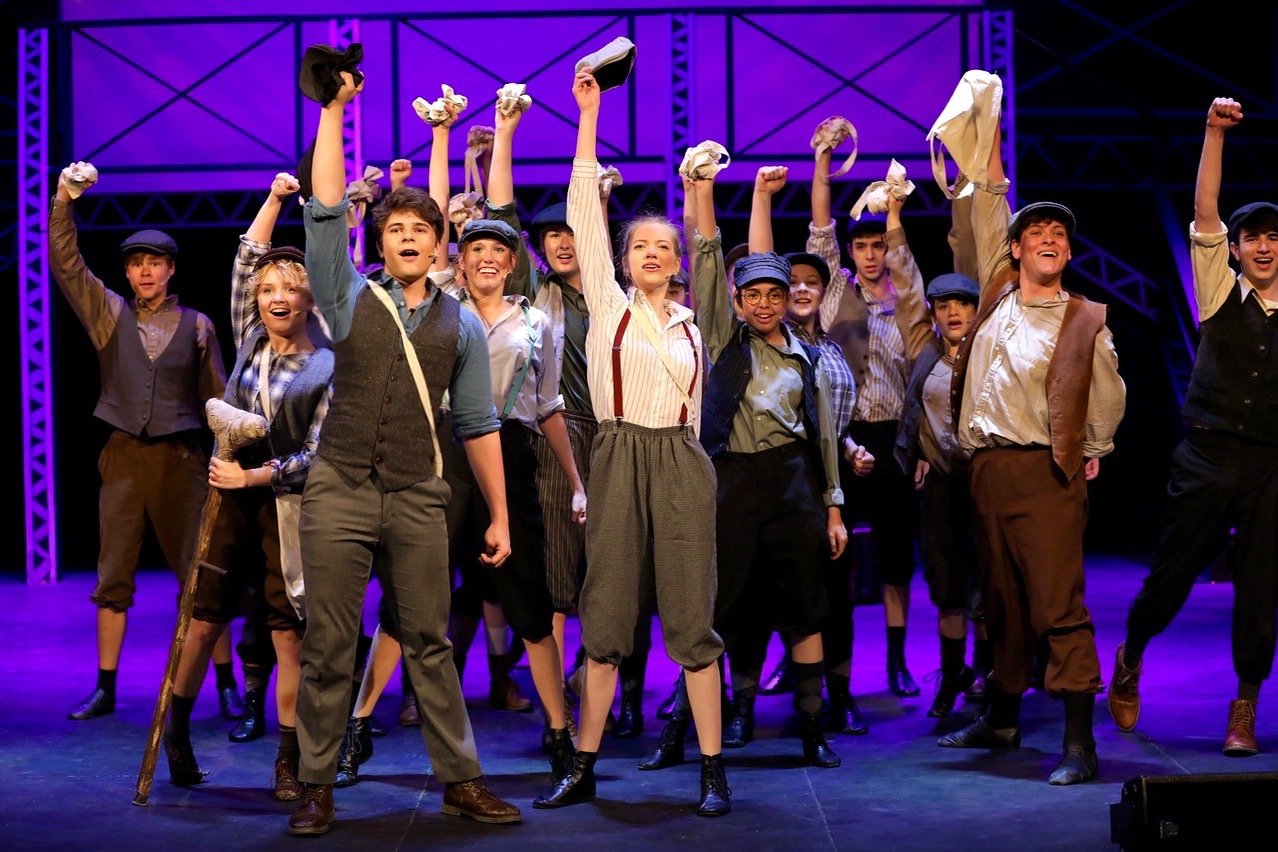Today live theatre is leaving much to be desired. There are fewer tickets being sold, low audience ratings and a struggle to draw in this new generation of audience members. Not to mention a lack of original stories – instead relying on adaptations because they are “safe.”
Live theater has been a source of entertainment, joy and social discourse for thousands of years. It has historically been a significant way that people learn about their culture and work through cultural and social issues. It is a way people can expand their knowledge of the world they live in and interact with other people’s stories.
Today, television and film have usurped live theater as the primary source of entertainment. These mediums have not eliminated it but instead leave it in the background.
While I believe theater has an enduring nature, it hurts to see something I love suffering. Broadway has still not recovered its pre-pandemic numbers, and a quick look through the New York Times theater reviews shows that there are not very many five-star shows being produced at the moment.
Because there is less interest in theater in general, fewer high-quality productions are being made. This, in turn, leads to fewer people being interested in going to see shows, which perpetuates this unfortunate cycle.
It’s not just Broadway. Regional theaters, an important source of the arts for the whole country, are also in crisis. Broadway producer of A Beautiful Noise Ken Davenport recently said in a post, “Regional theater audiences have not returned to their pre-pandemic levels. And they might never return. Oh, and then there is post-pandemic inflation. It doesn’t take a PhD in economics to do this calculation: fewer tickets sold + higher expenses = trouble! Right here in every regional theater city.” With a decrease in content and quality in both Broadway and regional theaters, the future of American theater is in peril.
But why does this matter? Why should the average person care about the decline in live theater? We have other forms of entertainment. But I believe theater has much more use than just its entertainment value.
First, humans learn through stories. From a Christian perspective, this makes sense. Our God is a storyteller. Jesus taught in parables, and human history is one grand story. We are made in God’s image and thus are drawn to stories.
Theater is one of, if not the most, immersive forms of storytelling. Being present in the same space as the actor, actively engaging with their performance, and the actor sharing in the mutual exchange of energy with the audience establishes a unique connection that film and TV simply cannot emulate. Being able to see stories about important topics and issues performed by actors in a vulnerable way will never stop having value. It can be difficult to put yourself in someone else’s shoes and go to difficult internal places. Seeing an actor do it in front of us, can draw us into the story, the experience, and the lessons it teaches.
A powerful example of this phenomenon is the story of Jessica Blank and Erin Jensen’s play The Exonerated. In their essay titled “The Uses of Empathy: Theater and Its Real-world Impact,” the two artists recount how they were emotionally moved when they heard the live voice of an innocent death row inmate. This experience led to their realization that live performances have the potential to create empathy for important social issues. They decided to test this by creating a play about a particular cause: wrongly sentenced death row inmates. The two wrote a play based on the experiences of real inmates they talked to. They then found actors who were able to successfully “become” the inmates. Their play, The Exonerated, created so much empathy in those who saw it that, as a result, 167 death row inmates in Illinois had their death sentences changed to life in prison. Theatre creates empathy in audiences. There are countless more stories of the ways theater has been used to change the world.
So we have established that theater is important. It is also in crisis. So what can we do about it? First we need to create support by increasing participation.
Davenport wrote recently that “when young people participate in the arts, they are much more likely to attend and support the arts later in life.” A great first step is to support our college theater programs – go and see the Asbury theater productions in our backyard.
On a larger scale, our country needs to show more support for the arts as a whole. America sits in stark contrast to England’s West End, which is government subsidized. This essentially means that the government itself puts money into their arts programs. This gives theater artists the ability to experiment more freely with shows and provides audiences more accessible pricing. Both of these things ensure the West End continues to flourish. In the New York Times article, “American Theatre is Imploding,” Ben Isaac writes, “Government aid is both necessary and essential, as is our nation’s renewed recognition that the arts are vital both to the survival of democracy and to the enlargement of the human spirit.”
The reality is, until people start taking the value of the arts seriously, we will not see an improvement in our theater situation.
We still need live theater. Theater may be thousands of years old, but it isn’t ready to die. And we shouldn’t let it.
Article written by Ella Anderson.


